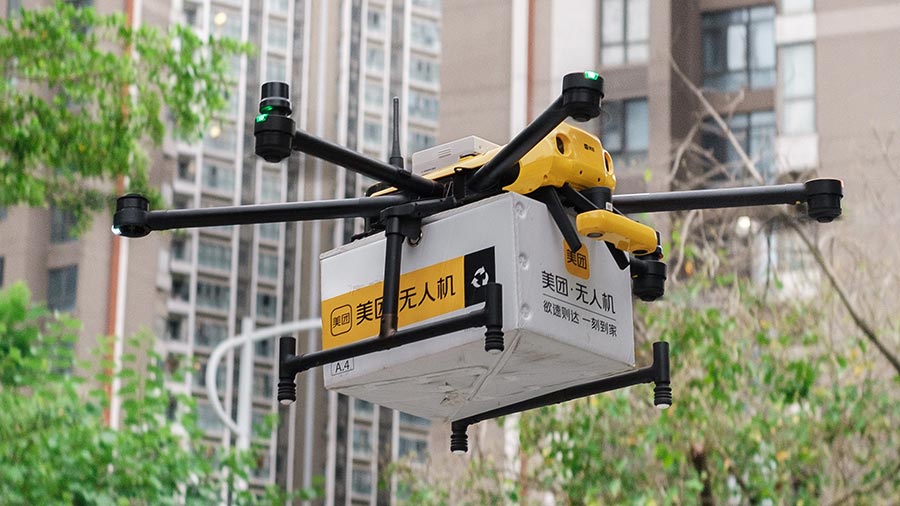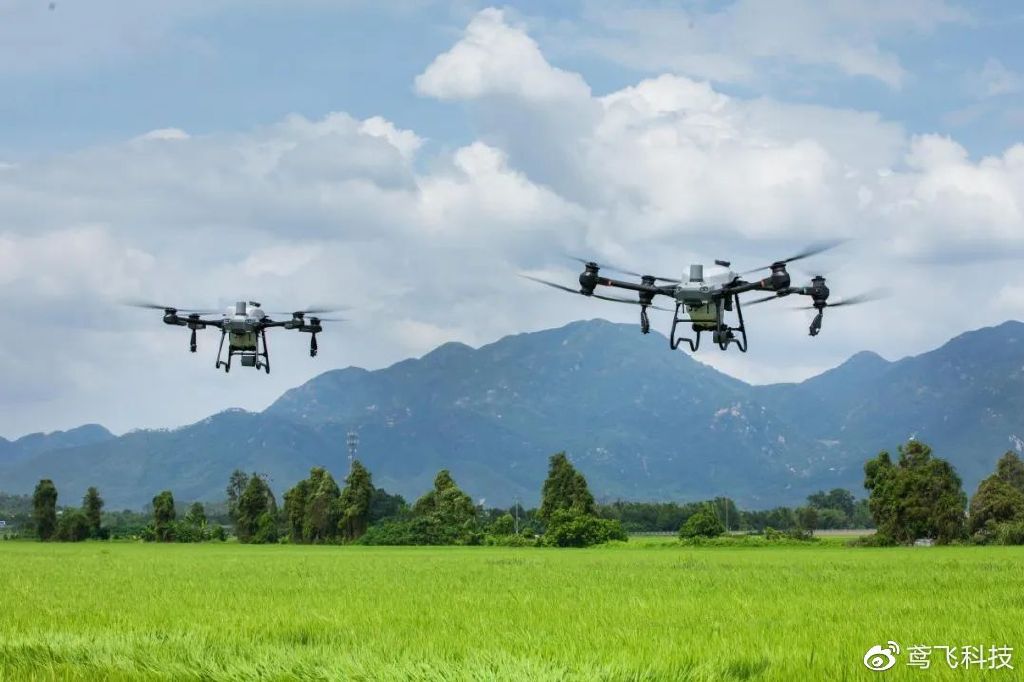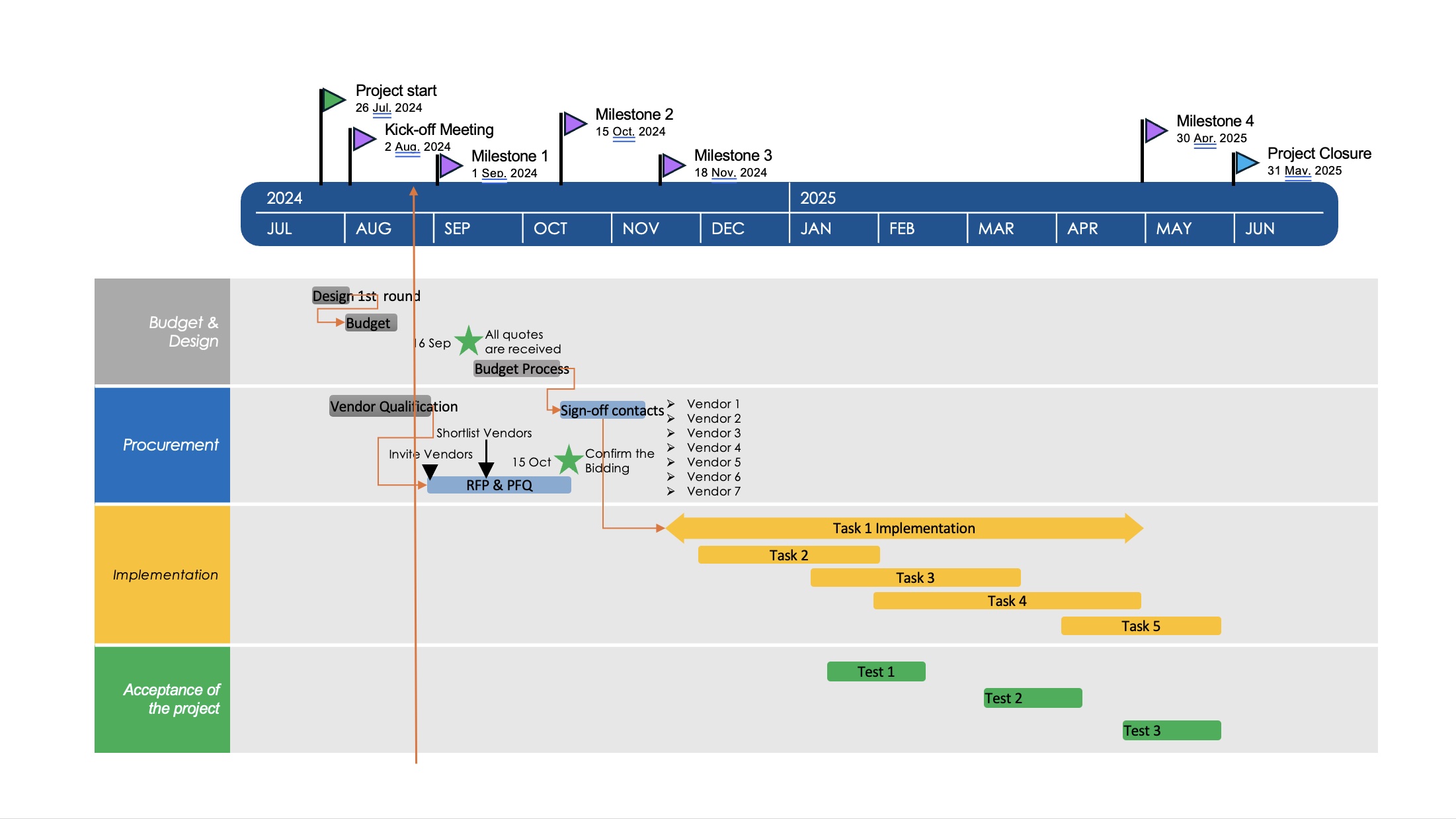As an important part of the aviation industry, low altitude economy is emerging globally. In China, as the country attaches importance to the aviation industry and the market demand grows, low altitude economy is becoming a new driving force for economic growth. In this paper, we will analyse the current development status of China’s low-altitude economy, the opportunities and challenges it faces, and look forward to the future development prospects.
Development Status
1. Air Transport
China’s air transport industry has maintained rapid growth in recent years, with domestic and international routes increasing and air passenger traffic continuing to climb. Meanwhile, with the rapid development of e-commerce, the air cargo market also shows strong growth momentum.

2. Air Tourism
Air travel, as an emerging mode of tourism, is gradually becoming more and more popular among tourists. Helicopter sightseeing, hot air balloon experience and other programmes provide tourists with brand new perspectives and experiences.
3. Drone logistics
The development of drone technology has revolutionised the logistics industry. In remote areas, drones can quickly and efficiently complete the distribution of goods, greatly improving logistics efficiency. Meanwhile, drones also show great potential in emergency rescue and medical material transport.

4. aerial advertising
With its unique perspective and coverage, aerial advertising has become a new favourite in the advertising industry. Through aircrafts, drones and other carriers, aerial advertisements can achieve a wide range and high exposure.

Opportunities
1. Policy support
The Chinese government attaches great importance to the development of the aviation industry and has introduced a series of policy measures, such as opening up low-altitude airspace and simplifying the approval process, which provide strong policy support for the development of low-altitude economy.
2. Technological Advancement
With the progress of aviation technology, UAV technology and related supporting technologies, the development potential of low-altitude economy is huge. The application of new technologies will greatly improve the efficiency and safety of low altitude economy.
3. Market demand
With the development of the economy and the improvement of people’s living standards, the market demand for low altitude economy is growing. There is huge market space for air tourism, drone logistics and other fields.
Challenges ahead
1. Safety regulation
Safety regulation in the low-altitude field is an important guarantee for the development of low-altitude economy. How to establish a sound regulatory system to ensure the safety of the low altitude domain is an urgent problem to be solved.
2. Technological Innovation
Technological innovation is the key to promote the development of low-altitude economy. It is necessary to continuously invest in R&D to improve the level of technology in order to meet the market demand and cope with competition.
3. Environmental Protection
How to protect the environment and reduce the impact on the ecology while developing low-altitude economy is an urgent issue. It is necessary to fully consider the requirements of environmental protection in the development process.
Future Prospects
With the further opening up of China’s low altitude domain and the improvement of related policies, it is expected that low altitude economy will usher in a broader space for development. In the future, low altitude economy will play a greater role in the following aspects:
1. Promoting regional economic development
The development of low altitude economy will help promote the balanced development of regional economy. Through projects such as air tourism and drone logistics, it can drive the economic development of remote areas.
2. Enhance logistics efficiency
The application of drone logistics will greatly enhance the efficiency of the logistics industry. In remote areas, drones can realise fast and efficient distribution of goods, greatly improving the efficiency of logistics.
3. Enrich Tourism Experience
Air travel will provide tourists with new perspectives and experiences, enrich the types of tourism products and meet the diversified needs of tourists.
Conclusion
The development of China’s low-altitude economy is in its initial stage, facing many opportunities and challenges. Driven by policy guidance, technological innovation and market demand, low-altitude economy is expected to become a new growth point of China’s economy. At the same time, more efforts need to be made in terms of safety and environmental protection to achieve sustainable development. In the future, low-altitude economy will inject new vigour into China’s economic development and bring more convenience to people’s lives.
Other countries are generally positive about the development of low altitude economy and consider it an emerging field full of potential. From the search results, we can see some key points:
- USA: As an aviation industry powerhouse, the United States has been a leader in the development of low-altitude economy, which covers a wide range of fields such as general aviation, drone transport and urban air traffic. The Federal Aviation Administration (FAA) of the United States has played an important role in promoting the development of low-altitude economy, and has provided a strong guarantee for the safe and orderly development of low-altitude economy through the formulation and implementation of a series of regulations and standards.
- Europe: The development of low-altitude economy in Europe has also shown a vigorous trend. The European Union promotes the synergistic development of low-altitude economy among its member States by formulating unified aviation policies and regulations. In particular, in the field of drones, many European countries have introduced supportive policies to promote the wide application of drones in logistics, agriculture, environmental protection and other fields.
- Australia: Utilising its vast territory and unique geographic environment, it has vigorously developed general aviation and drone industry [5].
- Singapore: Promote the application of low altitude economy in urban transport and logistics through the construction of smart cities and air traffic management systems.
- Global Perspective: From a global perspective, the development of low-altitude economy depends on both the level of economic development and market demand, and is also affected by the level of aircraft technology, infrastructure conditions and policies and laws. With breakthroughs in key technologies such as flight control systems and power batteries, the low-altitude economy is expected to become a new engine for global economic growth.
Other countries are optimistic about the development of low-altitude economy and are actively promoting its development through policy support, technological innovation and international cooperation. At the same time, they also pay great attention to the safety regulation of low-altitude economy and environmental protection to ensure the sustainable development of low-altitude economy.



